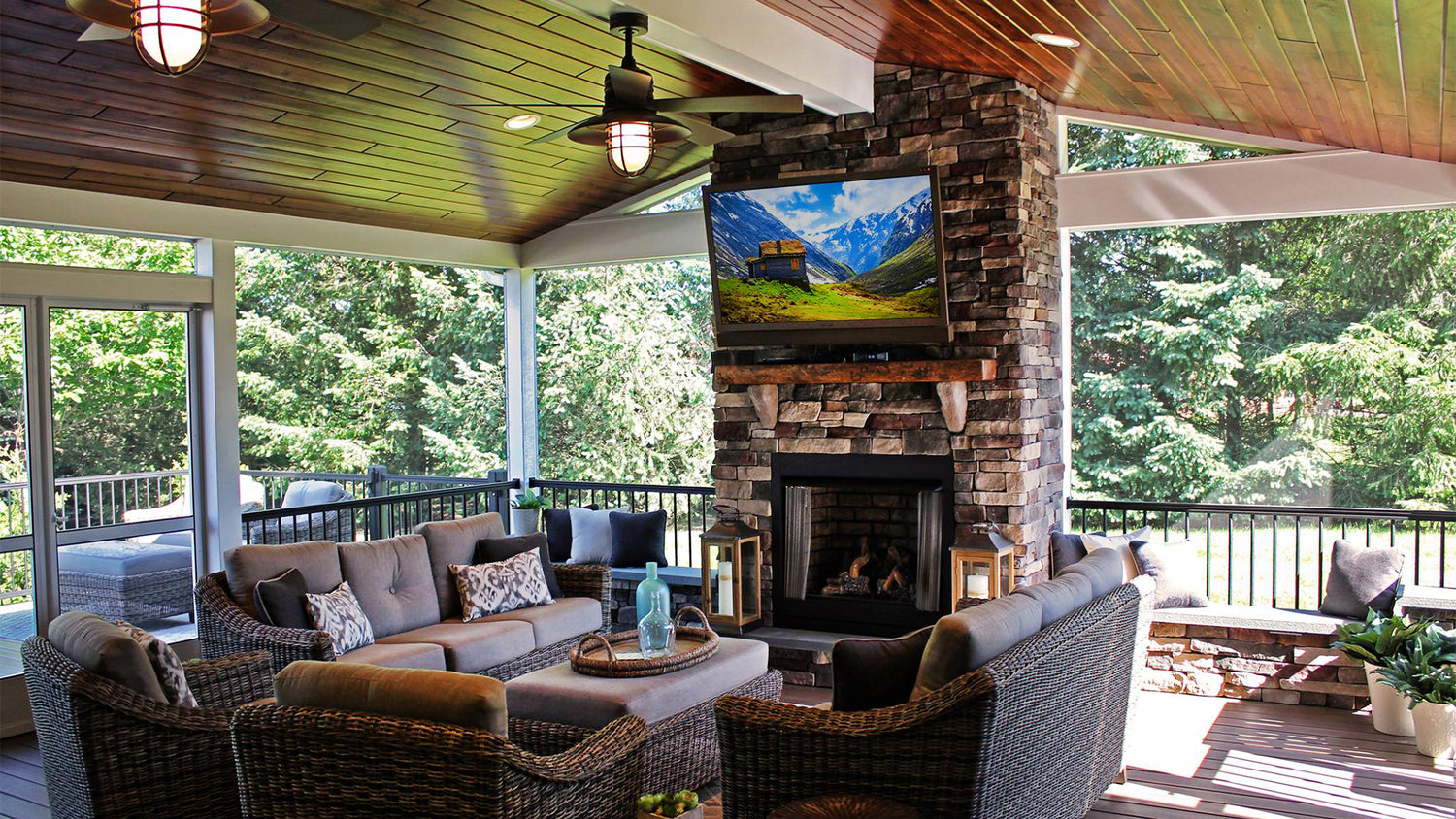
Are Outdoor TVs Winter Proof? A Comprehensive Guide to Year-Round Outdoor Entertainment
as the temperatures drop and winter weather sets in, many wonder: Are outdoor TVs truly winter proof? This comprehensive guide will explore the world of outdoor TVs, their ability to withstand harsh winter conditions, and everything you need to know to keep your outdoor entertainment going strong all year long.
Understanding Outdoor TVs
Before we tackle the question of winter resistance, it's essential to understand what sets outdoor TVs apart from their indoor counterparts. Outdoor TVs are specifically engineered to withstand environmental challenges that would quickly damage a standard indoor television.
Key differences include:
Weatherproofing: Outdoor TVs feature sealed enclosures to protect against moisture, dust, and insects.
Temperature resistance: They're designed to operate in a wider range of temperatures than indoor TVs.
Brightness: Outdoor models have much higher brightness levels to combat glare from sunlight.
Durability: The screens and components are built to withstand impacts and vibrations.
These features make outdoor TVs more robust than indoor models, but winter presents unique challenges that require special consideration.

Winter-Specific Challenges for Outdoor TVs
Winter weather can be particularly harsh on electronic devices. Some of the specific challenges outdoor TVs face during the colder months include:
Extreme cold: Freezing temperatures can affect the TV's internal components and LCD display.
Moisture: Snow, sleet, and freezing rain can potentially penetrate the TV's enclosure.
Thermal shock: Rapid temperature changes can cause condensation and component stress.
Snow accumulation: Heavy snow can put physical stress on the TV and its mount.
Ice formation: Ice can block vents and potentially damage the TV's exterior.
Given these challenges, it's clear that winter-proofing is a critical consideration for outdoor TV manufacturers and users alike.
Are Outdoor TVs Really Winter Proof?
The short answer is: it depends. While many outdoor TVs are designed to withstand winter conditions, the degree of "winter-proofing" can vary significantly between models and brands. Some outdoor TVs are truly built for year-round use in any climate, while others may require additional protection or even indoor storage during the harshest winter months.
When shopping for an outdoor TV, it's crucial to look for models specifically rated for winter use. These TVs typically feature:
Extended operating temperature ranges (often down to -20°F or lower)
IP (Ingress Protection) ratings indicating resistance to water and dust
Sealed components to prevent moisture infiltration
Built-in heating elements to prevent freezing and condensation
It's important to note that even the most robust outdoor TVs may have limitations in extreme winter conditions. Always refer to the manufacturer's specifications and recommendations for use in your specific climate.
Outdoor TV covers in winter
Winter can be particularly tough on outdoor electronics, especially TVs. Outdoor TV covers play a crucial role in protecting your television from the harsh weather conditions of the colder months, including snow, rain, ice, and freezing temperatures.
A good outdoor TV cover, especially transparent models, allows easy access to your TV when you want to use it while still offering full protection when it’s not in use. Transparent covers let you enjoy the TV screen’s visibility while protecting it from the elements.
Buy Acrtmatic Outdoor TV Cover Now!
Protect your TV from the elements with our outdoor TV covers!

